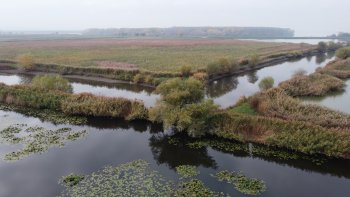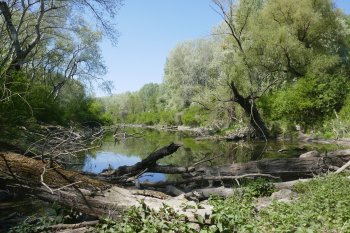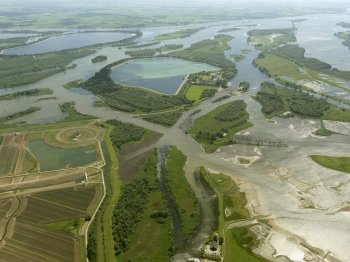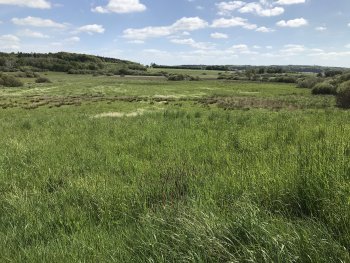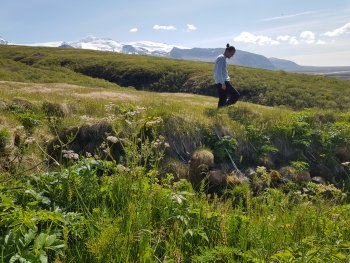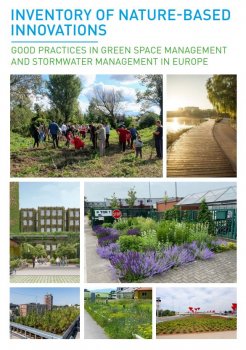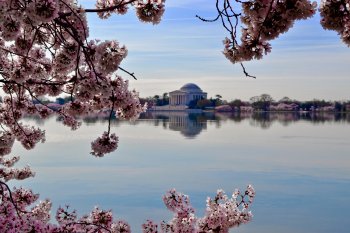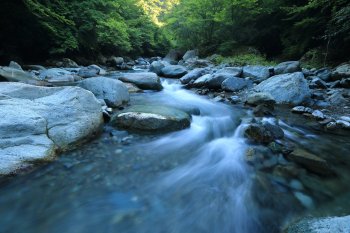Restoring Danube floodplains in Romania
Former wetlands adjacent to the river are being reconnected to demonstrate the benefits of re-wetting /reconnection to the natural flood pulse of the Danube River in order to enhance the benefits provided to nature and local communities.
This case study is one of 17 that are part of the EU Horizon2020 project MERLIN - Mainstreaming Ecological Restoration of freshwater-related ecosystems in a Landscape context: INnovation, upscaling and transformation.

